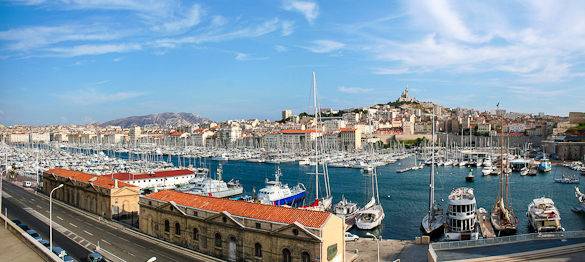
To give you a little taste of what the city has to offer, we’ve assembled a guide to spending 48 hours in Marseilles!
Day 1
10 am – Notre Dame de la Garde
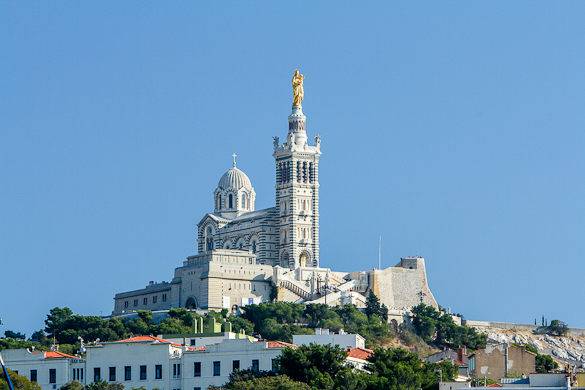
2 pm – Vieux-Port and La Canebière
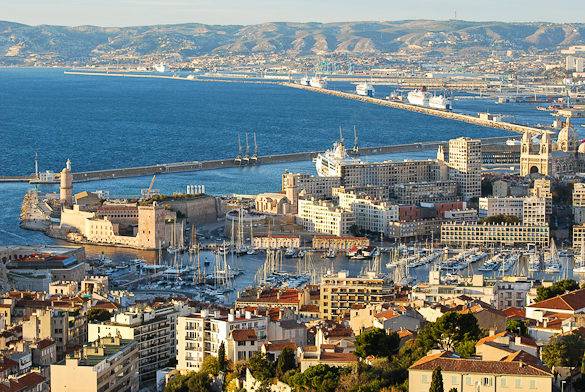
After lunch, explore the area around the harbor. North of Vieux-Port you will find the Hôtel de Ville, or City Hall, as well as the imposing Marseilles Cathedral. The Cathedral’s official name is Cathédrale Sainte-Marie-Majeure de Marseille, but it’s often referred to by its shorter name: Cathédrale de la Major. The gigantic Cathedral was built in 1896, and is a national monument of France. After exploring the north side of the harbor, make your way east. At the east side of Vieux-Port, you’ll find the famous daily fish market at the Quai des Belges. Watch the locals haggle over the fish prices, and then stroll to the famous avenue La Canebière, where you will find numerous shops.
7 pm – La Plaine district
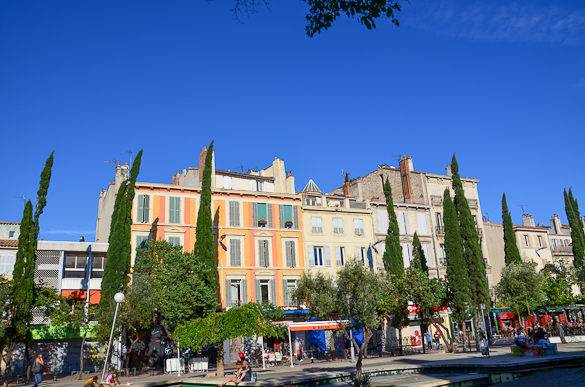
When you’re starting to get tired, it’s great to have your own place nearby where you can get some sleep after a long day of exploring the city. By renting a vacation rental apartment in Marseilles, you get to stay among the locals and immerse yourself in the city life, while having access to all the same comforts you have in your own home. For example, most of our apartments come with a fully-equipped kitchen, where you can try your hand at creating real Provencal meals. Visit one of the local produce markets, or get fresh fish at the Vieux-Port market, to get all the ingredients you need. Need some inspiration? Check out this article about famous southern French cuisine.
Day 2
9 am – Les Calanques de Cassis
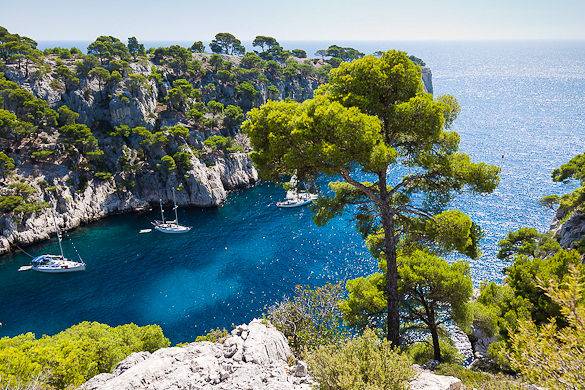
The calanques in Provence stretch between Marseille and Cassis, which is a picturesque town about 20 kilometers (12 miles) east of Marseille. The calanques near Cassis are the most beautiful, and there are many boat tours that leave from the town. These tours often also allow you to swim in the calm blue waters of the calanques, so be sure to pack a bathing suit! A boat tour is the best way to discover the calanques, but for experienced hikers it can also be quite a thrill to see them from above. Whichever way you choose, be sure to get back to Cassis at lunchtime to enjoy a real Provencal meal. To get to Cassis from Marseille, you can take a train from St Charles station in Marseille to the Cassis train station, or you can take a bus.
Another great way to spend an afternoon out of Marseille’s city center is to explore the nearby Château d’If. This fortress lies on a small island in the Bay of Marseille. The fortress used to be a prison, and was made famous when Alexandre Dumas used it as a setting for the novel The Count of Monte Cristo. Nowadays, Château d’If is a popular tourist destination. Boats to Château d’If leave all day long from the Vieux-Port.
4 pm – Le Quartier du Panier
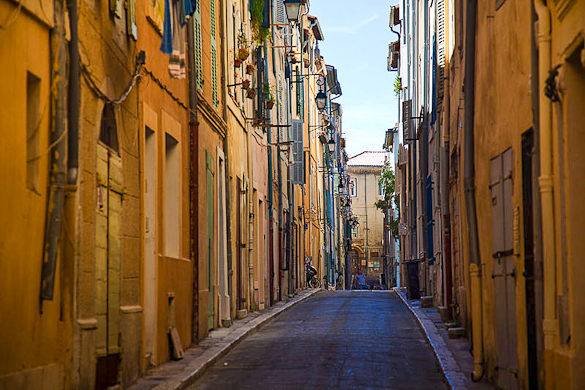
Apart from being a historic district of Marseille, Le Panier also inspired the famous French TV show Plus Belle la Vie. Take a stroll around the neighborhood and soak in the distinctive atmosphere. The 1st District used to be the home to sailors and fishermen, but nowadays the neighborhood is one trendy multicultural blend. There are many cute shops and cafes all around the alleys.
6 pm – Bouillabaisse in Marseilles
Perhaps the most famous dish of the region originated in Marseilles. Bouillabaisse is a seafood soup or stew that is prepared according to a very strict recipe. If you want to try a truly traditional bouillabaisse, there are several restaurants in Marseilles that you can go to. Le Rhul, Chez Fonfon and Le Miramar, for example, all prepare bouillabaisse in their own traditional ways. There’s no better end to the day than sitting in a nice restaurant, eating great food and watching the sun go down over the Mediterranean Sea.
We hope you’ve enjoyed this quick tour of Marseilles! Of course, there are many more sites to see and things to do in this Mediterranean city. What’s your favorite thing to do in Marseilles?

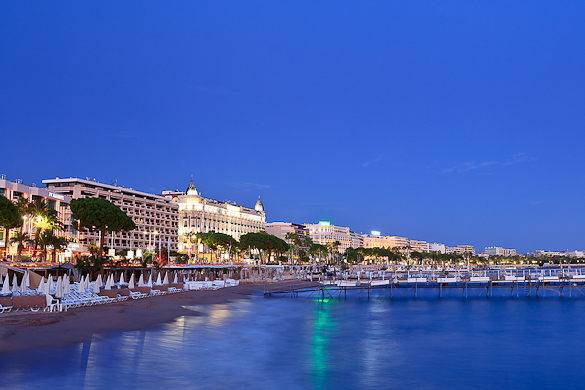
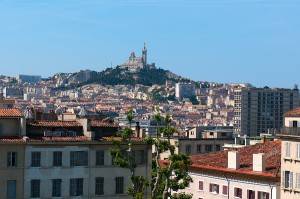
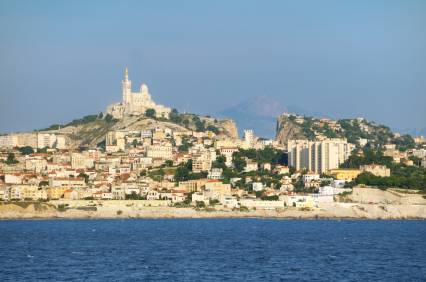
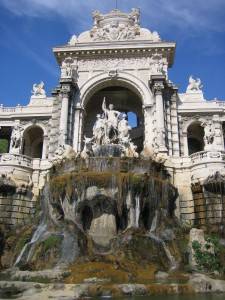
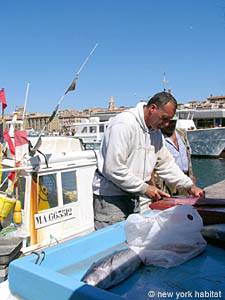
Leave a Reply